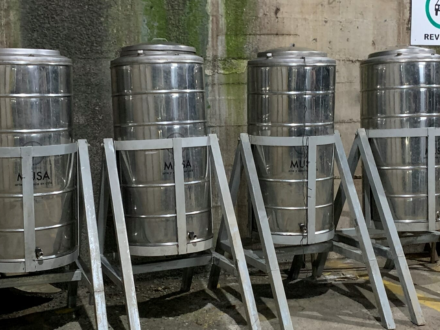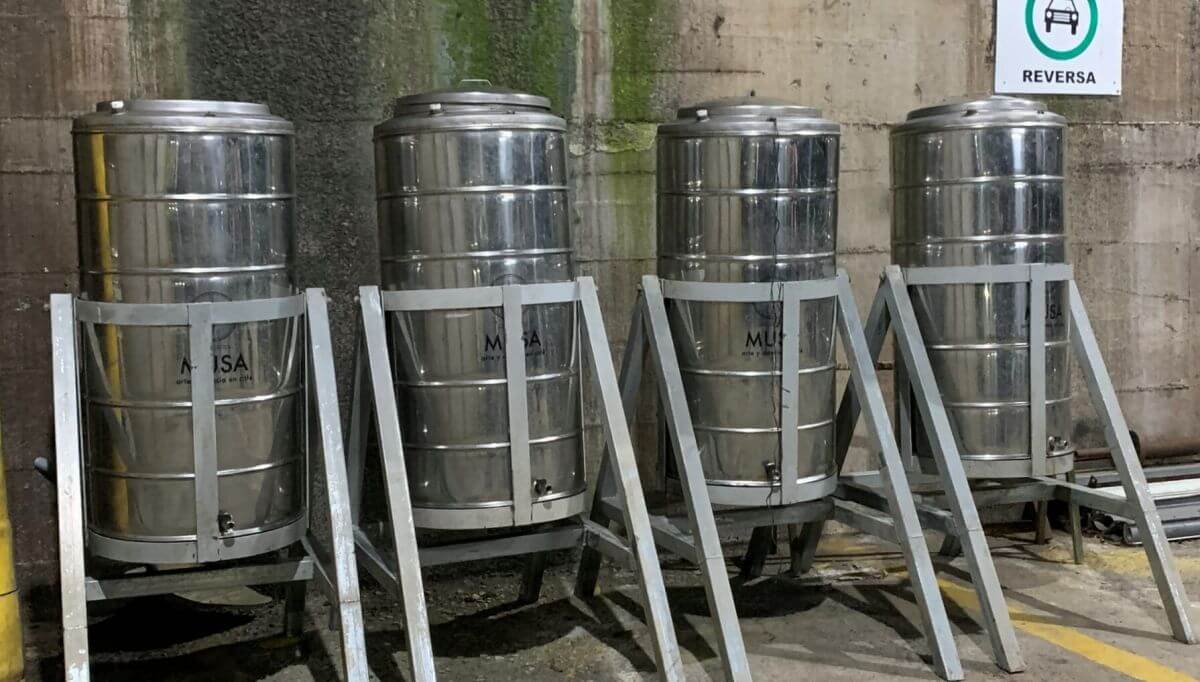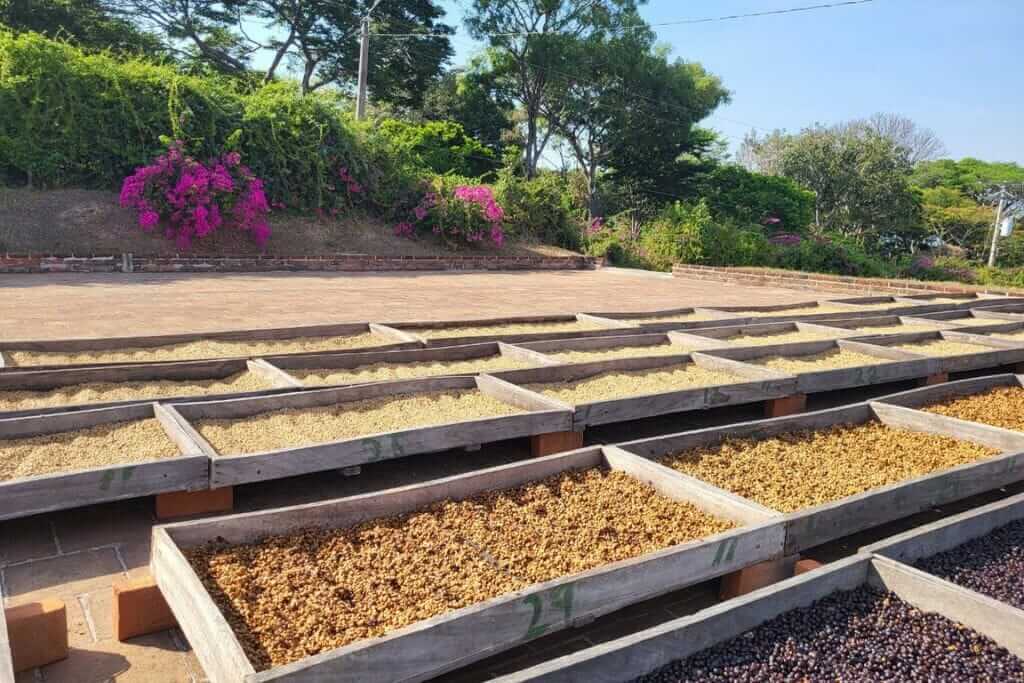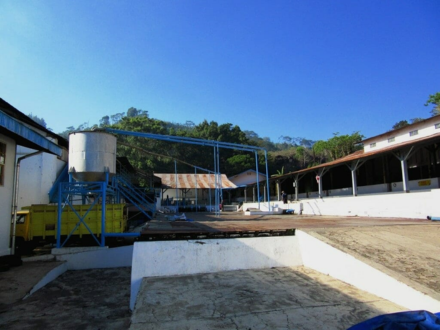March 24, 2020
Anaerobic & Carbonic Maceration Coffee Processing

Anaerobic fermentation & carbonic maceration coffee are newer coffee processing methods that are taking the specialty coffee industry by storm. So far there has been the greatest degree of experimentation in Costa Rica, but anaerobic fermentation is becoming increasingly popular around the world.
What is Anaerobic Fermentation?
In this processing method, the producer adds mucilage-covered seeds to a sealed tank. In some cases, they add the pulp back into the tank and mix with the depulped seeds. Some farms mix the pulp of different varieties of coffee with the depulped seeds of another, attempting to increase the complexity of the coffee. Some producers add different spices or fruit, such as cinnamon or bananas. They mix these ingredients into the tank to impart their flavor onto the coffee.

Difference Between Anaerobic & Carbonic Maceration Coffee Processing
The primary difference between carbonic maceration and anaerobic fermentation coffee is the cherry. Carbonic Maceration is a technique adapted from wine-making. The wine producer ferments whole grapes instead of crushed in this processing method. The same is true for coffee. The coffee producer adds the whole cherry to the fermentation tank. They then seal the tank for the carbonic maceration process.
Anaerobic & Carbonic Maceration Coffee Processing
Both anaerobic and carbonic maceration processing styles occur in a sealed environment, like a metal drum or plastic container. The coffee ferments in the drum for as long as three months. As the coffee ferments, bacteria breaks down the sugars into carbon dioxide and alcohol. As this produces more carbon dioxide, pressure within the system increases. Because of this, they must install a valve to allow for the excess pressure to be released, without the addition of oxygen into the chamber. The valve is simply a hose submerged in a bottle of water that allows for carbon dioxide to bubble out, without letting any fresh air cannot enter. More advanced processors may use a regulator to hold the pressure at a constant point before a valve allows the gas to escape. As fermentation progresses, the drum becomes increasingly carbon rich with minimal oxygen.

Temperature is the primary driver in the rate of fermentation. One needs to keep the area where all anaerobic & carbonic maceration are cool. This is because the breakdown of the mucilage generates heat that would accelerate the fermentation in a positive feedback loop. The hypoxic environment favors different communities of microorganisms like lactic-acid bacteria compared to traditional open air fermentation which favors yeast. These microorganisms will produce different aromatic compounds while breaking down the mucilage or cherry and those compounds are largely responsible for the final flavor. The increased pressure will also affect the migration of compounds into the seed, yielding more intense flavor.
The Process
First, coffee is picked, either by hand or mechanically. The picked cherries might be “floated” in water to remove any over-ripe cherries, leaves, sticks, or other debris. Coffee will also typically float if the seed did not develop properly or was damaged in some way.

The Primary difference between Anaerobic fermentation and Carbonic Maceration is whether or not the coffee is pulped. In Anaerobic fermentation, the coffee is pulped, but with Carbonic Maceration it is not.
The coffee will then be sealed in tanks or barrels for a period of several hours or several days. As the mucilage and/or pulp are decomposed by bacteria, Carbon Dioxide is created and the environment becomes increasingly low in oxygen creating the ideal conditions for certain types of microbes.

Some producers are experimenting with what they add to the tanks along with the coffee from cinnamon to banana and passionfruit, with varying degrees of success. Producers may also mix in the pulp of other coffee varieties to try to impart more complex flavor on a more typical coffee variety.
The coffee will be removed from the tanks and laid out to dry for a period of 2-6 weeks after fermenting.
Left to Checkout





